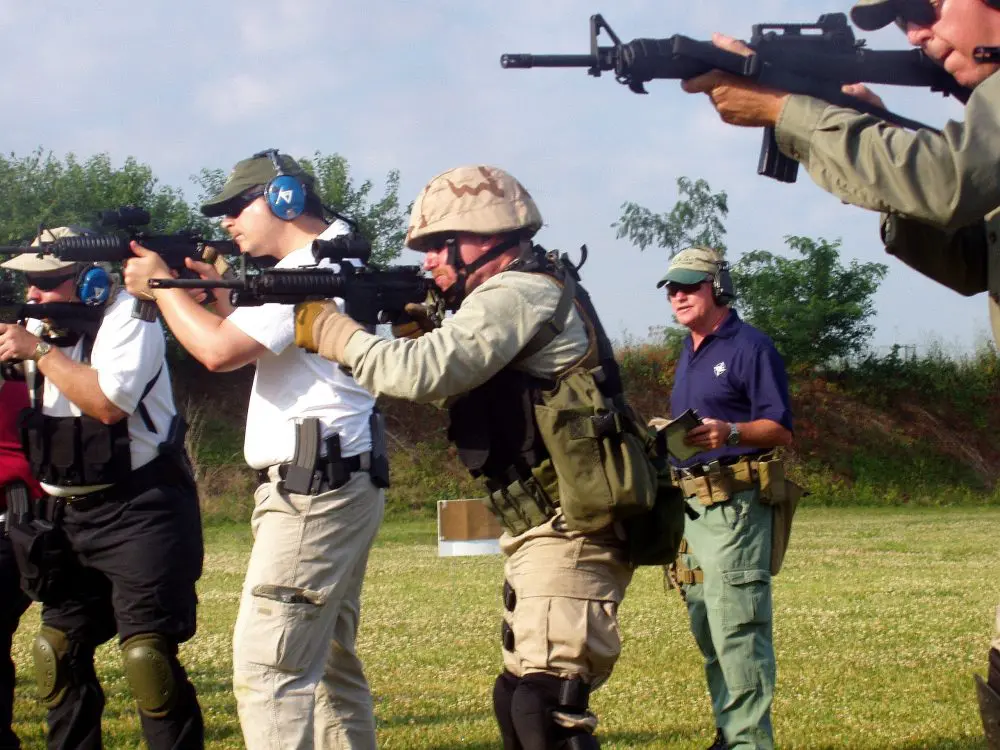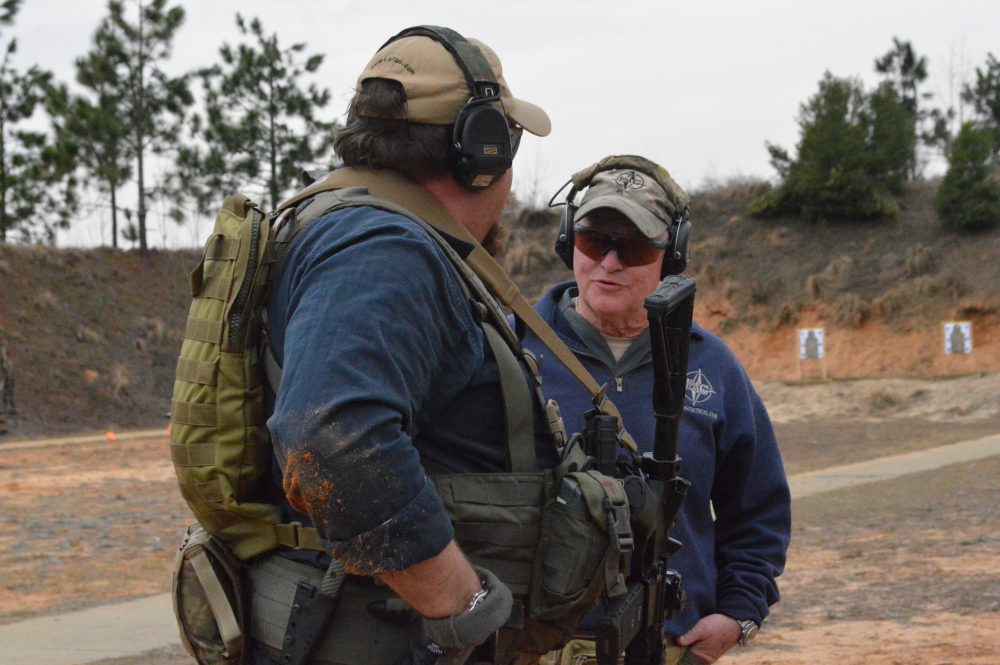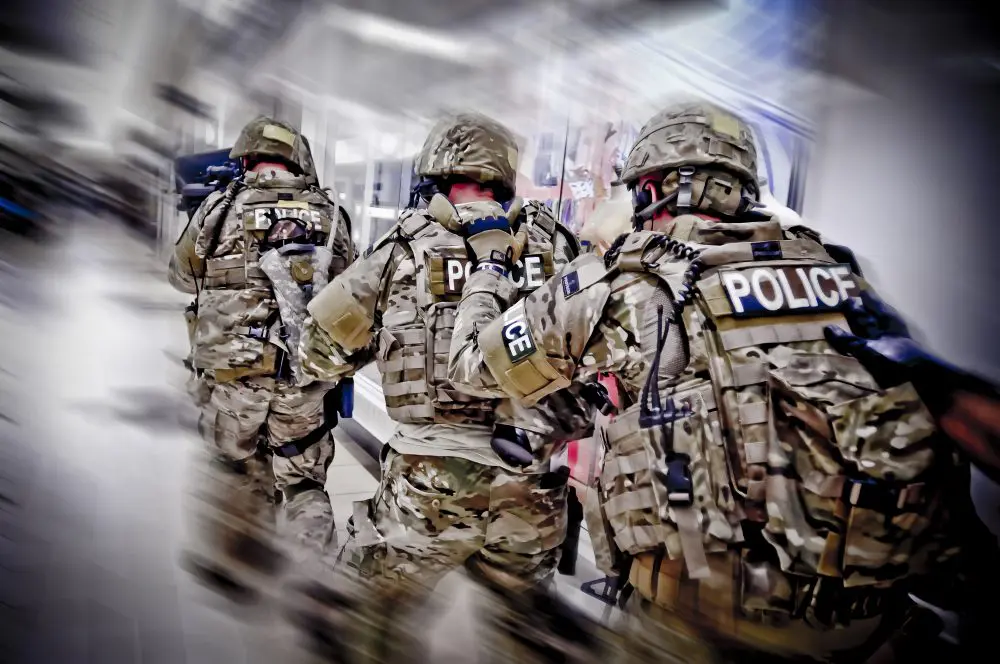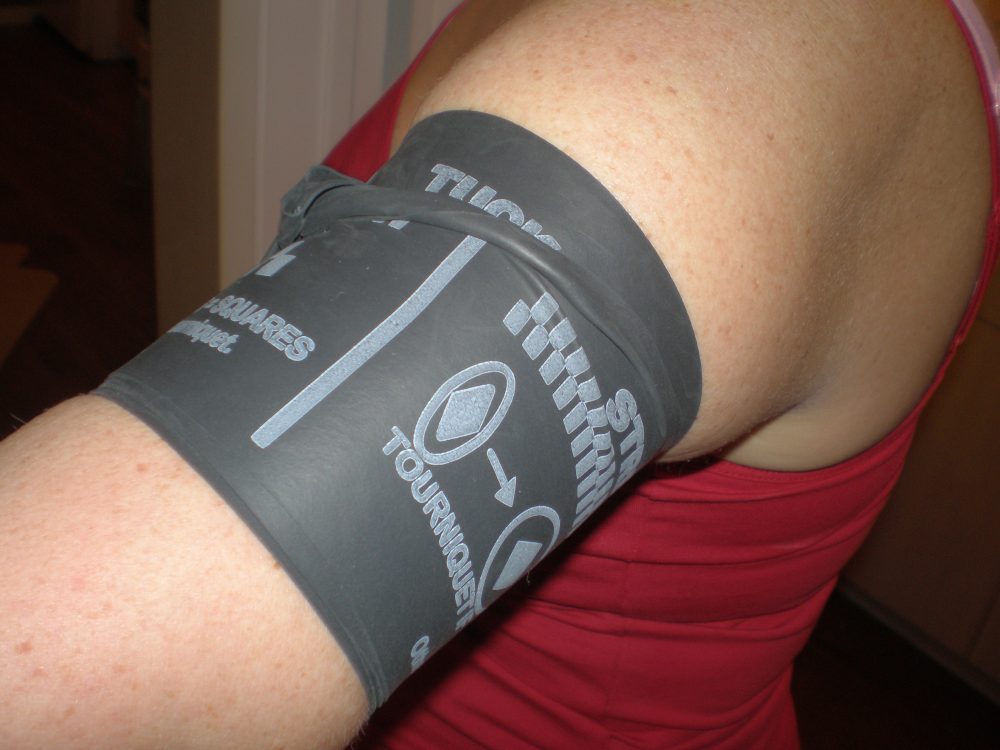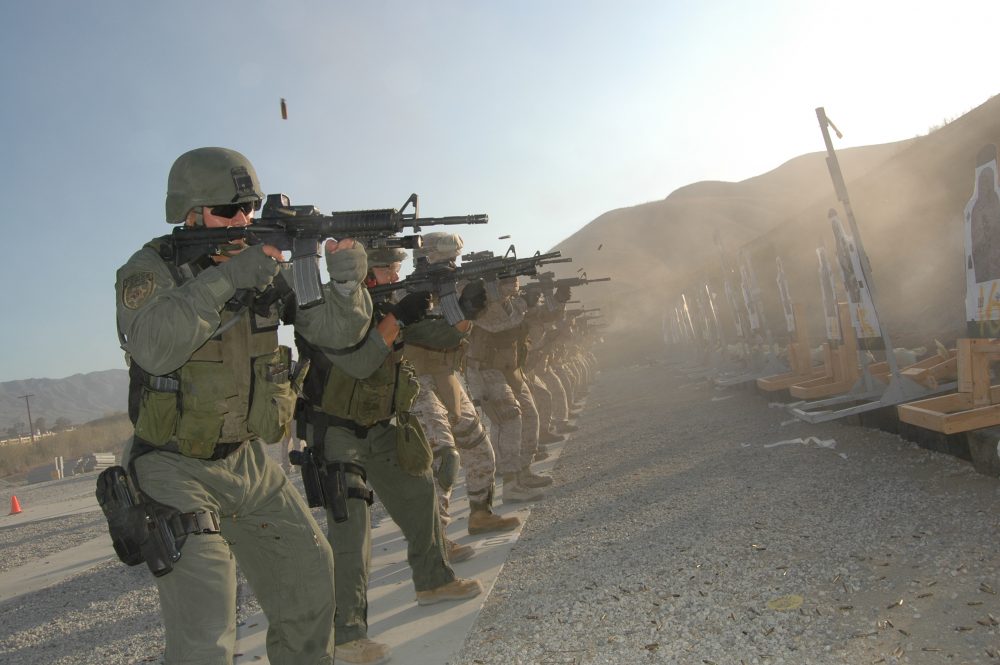Mass-casualty shootings are widely publicized in the United States. While Israel does not have a Second Amendment like the U.S. Constitution, it does have regulations governing access to firearms, and there is a documented history of mass shootings. What can we learn from comparing the regulations and mass-shooting histories of both countries?
Table of Contents
DEFINITIONS OF FIREARMS IN ISRAEL AND THE UNITED STATES
In Israel, the definition of “firearm,” as it appears in the Firearms Law of 1949, is “An instrument with a barrel made capable of shooting a bullet, projectile, shell, bomb or its like, which can kill a person, and it includes a part, accessory or ammunition of such an instrument.”
In the United States, the definition, as it appears in the ATF’s Federal Firearms Regulations Reference Guide 2005, is “The term ‘firearm’ means: (a) Any weapon (including a starter gun) which will or is designed to or may readily be converted to expel a projectile by the action of an explosive.”
Additional detailed definitions exist for many types of firearms: shotguns, rifles, pistols, etc. In that respect, the U.S. categories are more intricate than the Israeli law, but the definitions are comparable.
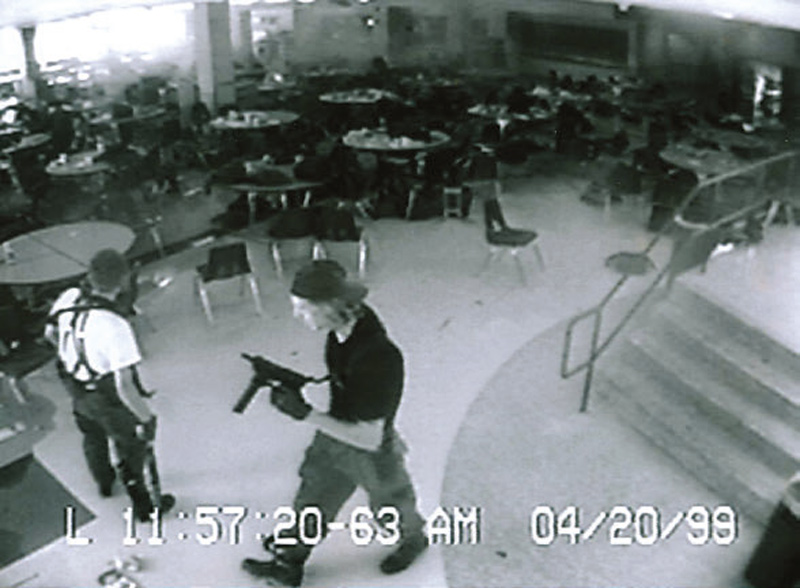
LAWS AND REGULATIONS IN ISRAEL
In Israel, the Penal Law requires that gun ownership be accompanied by a government-issued license. That means any person who wants a gun needs to file a request and wait to see if he is approved.
In order to apply for a license, one must meet the following criteria:
- Be a citizen or permanent resident of Israel for at least three years, with basic knowledge of Hebrew.
- Be at least 21 years of age if he had full military service or equivalent, or 27 years old in any other case.
- Clean criminal record (approved by the police) and no prohibiting physical and mental problems (approved by the Ministry of Health).
- Have one of the criteria listed by the Firearm Licensing Department.
- Passed the designated training requirements.
There are two major types of licenses:
Possession: This kind of license is typical for Inheritance/ Memento weapons. The owner must keep the weapon in one place (such as a home or office) at all times and can move it only for renewing the license.
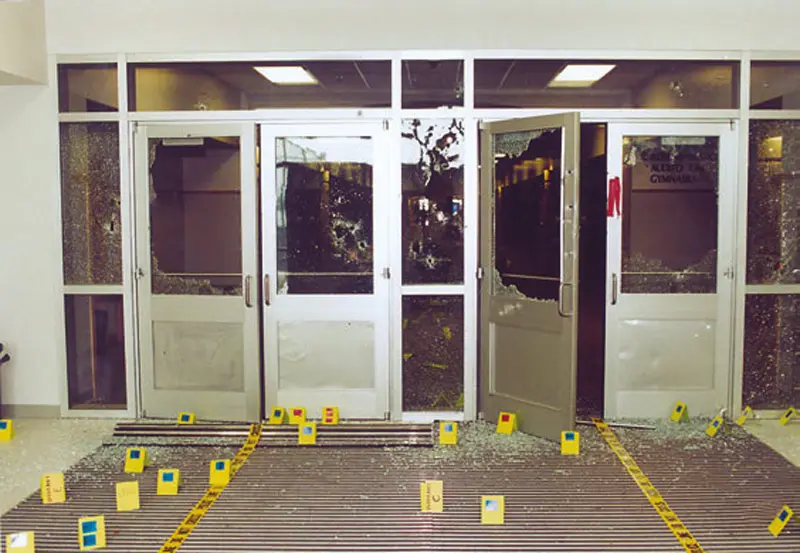
Carrying: This kind of license is typical for handguns and other self-defense or sporting weapons. The owner of a carrying license can transport his weapon wherever he goes. There are no restrictions on how to carry a weapon (concealed or exposed), but there are some places where the law prohibits a person from carrying a gun, mostly certain government buildings.
GUN OWNERSHIP IN ISRAEL
Up until ten or 15 years ago, the number of privately owned guns among license owners was approximately 400,000, 75% of which were handguns. Illegally owned weapons held by criminals and some Arab minorities numbered about 150,000. Weapons held by terrorists are not included in these figures. A change in the criteria for gun owners has cut that number by more than half.
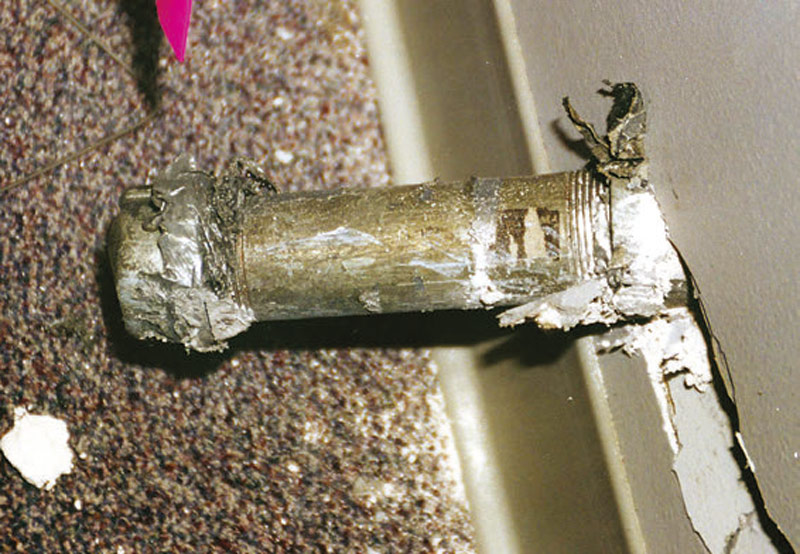
Over that same time, the number of illegally owned weapons increased dramatically and by some estimates exceeds 400,000. Many of them are military rifles (M16, AK, Galil) and submachine guns (Uzi, MP5). The source of these weapons is from the army or smuggling through the borders.
GUN OWNERSHIP IN THE UNITED STATES
For the most part, gun ownership in the United States is a right that must be denied by specific criteria or it remains in effect. Prohibitions to this ownership include not being of majority age (18 or 21), having renounced U.S. citizenship, illegal use of or addiction to drugs, fugitive from justice, adjudicated mentally defective by a court and criminal convictions of a felonious nature (penalties exceeding one year) or those specifically related to domestic violence. Certain categories of nonimmigrant aliens are also permitted to possess firearms.
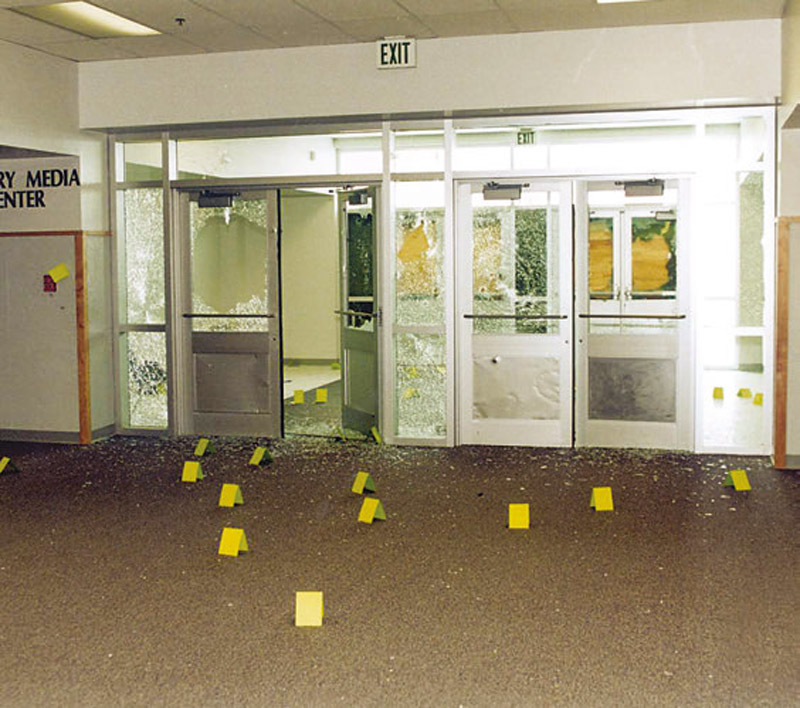
Additional non-federal restrictions on firearms ownership are rare but can be imposed by certain local government entities. The laws are often distinct from state to state. For example, all Illinois residents are required to obtain a Firearm Owners Identification (FOI) card to purchase any firearm or ammunition. Washington state registers handguns that are sold by licensed retailers of firearms, but not long guns or private transactions.
U.S. LAWS AND REGULATIONS
In the majority of U.S. states, a lawful owner of a firearm may obtain a permit to carry their firearm concealed in public provided they are not disqualified by pre-established criteria. Licenses of this type are described as “shall issue” in that the licensing authority is required to issue the license unless specific disqualifying factors are known to them (e.g., disqualifying criminal record).
Training requirements and other details vary by state, but generally, these guns can’t be carried in places that serve alcohol or restricted areas like schools and government buildings. But Utah permits concealed carry in schools and Montana permits carry in establishments that serve alcohol provided the firearm is not concealed.
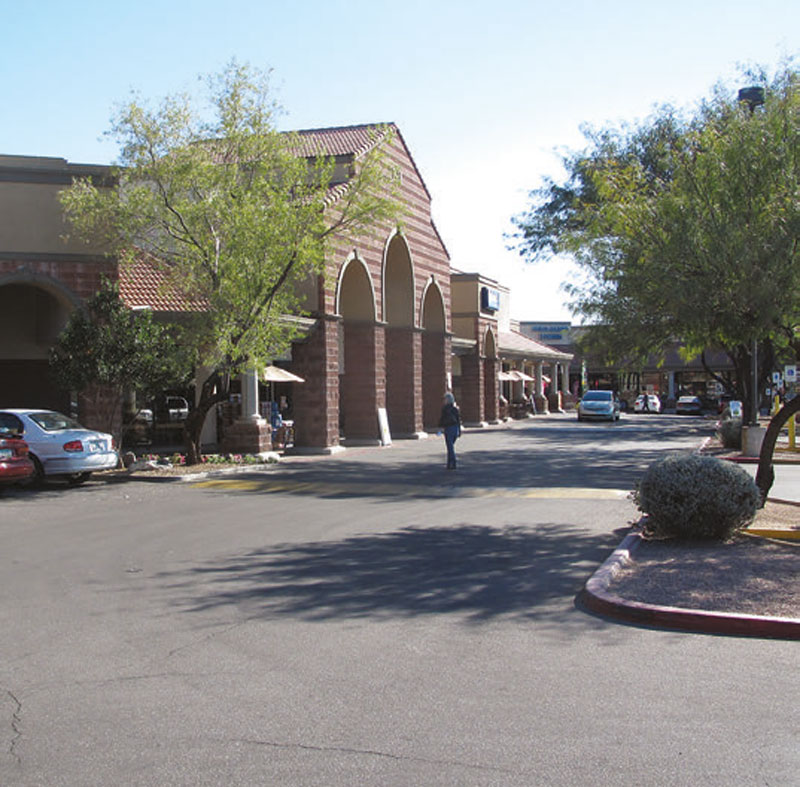
MASS-CASUALTY INCIDENTS IN ISRAEL
Most gun-related mass-casualty incidents in Israel are connected to the Israeli-Palestinian conflict. The majority of these incidents were carried out by Palestinian terrorists against Israeli citizens, but the opposite has also occurred. Some of the most well known are:
28 October 1984: An Israeli citizen fired a LAW rocket stolen from the army at a bus full of Palestinian workers, murdering one and wounding ten others. In his admission to police, he said he did not mean to kill anyone and if he’d wanted to, he could have done more damage with the stolen assault rifle he also had with him.
20 May 1990: A man shot and killed seven Palestinians, wounding 11 more, using a Galil assault rifle he stole from his brother who was a soldier. He claimed it was revenge for being raped by an Arab person in his childhood. He is jailed until 2030.
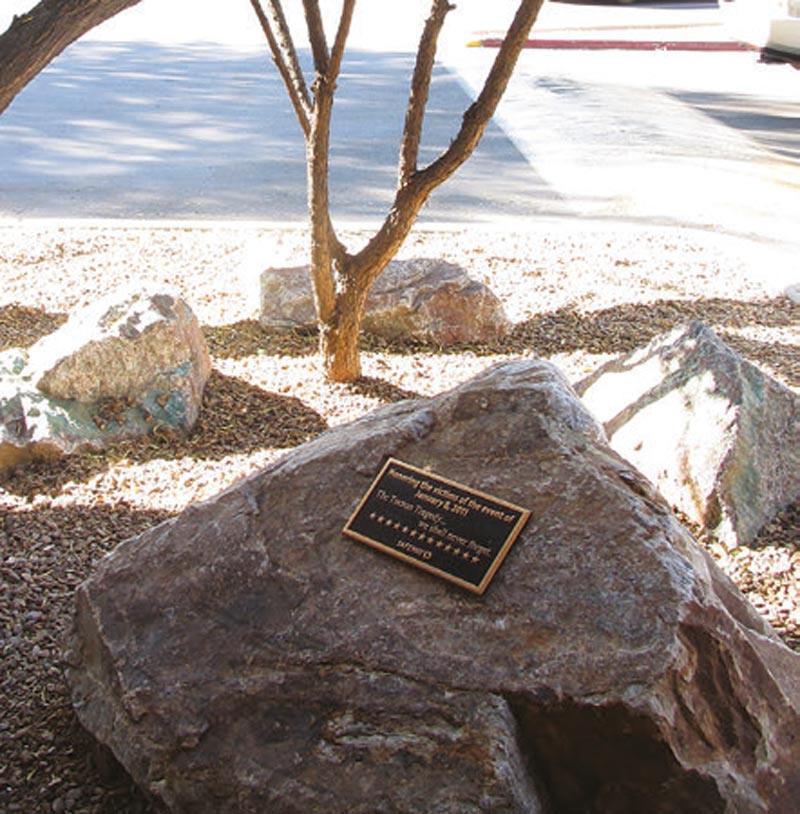
8 September 1992: A man entered a public clinic for mental health, where he was treated. He was armed with an UZI submachine gun obtained from his work as a security guard. He opened fire on the workers at the clinic and killed four women, two of whom were pregnant, then went to the roof, refused to surrender, and opened fire on the surrounding buildings. A sniper of the YAMAM, Israel’s police SWAT unit, shot and killed him. This incident did not have a political motive.
25 February 1994: A deranged man entered the Cave of the Patriarchs (Me’arat Ha’machpela) in Hebron, armed with his army- issued Galil assault rifle and privately owned Beretta pistol, and opened fire on Palestinian worshippers who were praying. Twenty-nine Palestinians were killed and 125 were wounded before some of the worshippers jumped on him and killed him. This is the worst mass shooting incident that has ever happened in Israel.
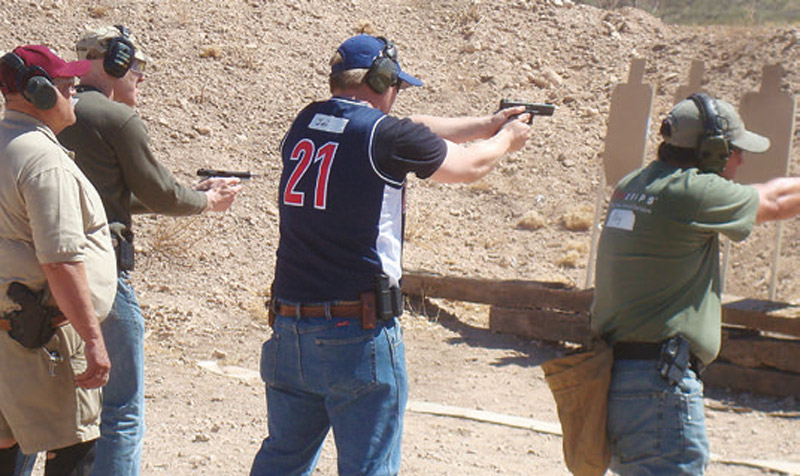
4 August 2005: An army defector boarded a bus heading to the Druze town of Shfar’am. When the bus entered the town, he opened fire with his M16, aiming first at the driver and then the passengers. He killed the driver and three passengers and wounded 12 more. He was apprehended by a local security man, but the angry mob entered the bus and lynched him! In a letter he left behind, he wrote he was going to stop the evacuation of Israeli settlements from the Gaza Strip.
17 August 2005: Only two weeks after the murder in Shfar’am, a deranged man drove some Palestinian workers back home from their work at an aluminum factory in the settlement of Shilo. When he arrived at the gate, he got out, grabbed the guard’s pistol and shot his passengers, killing two and wounding one. He then ran to the factory and shot two more workers, bringing the death toll to four. He also claimed he had done it to stop the evacuation of Israeli settlements from the Gaza Strip.
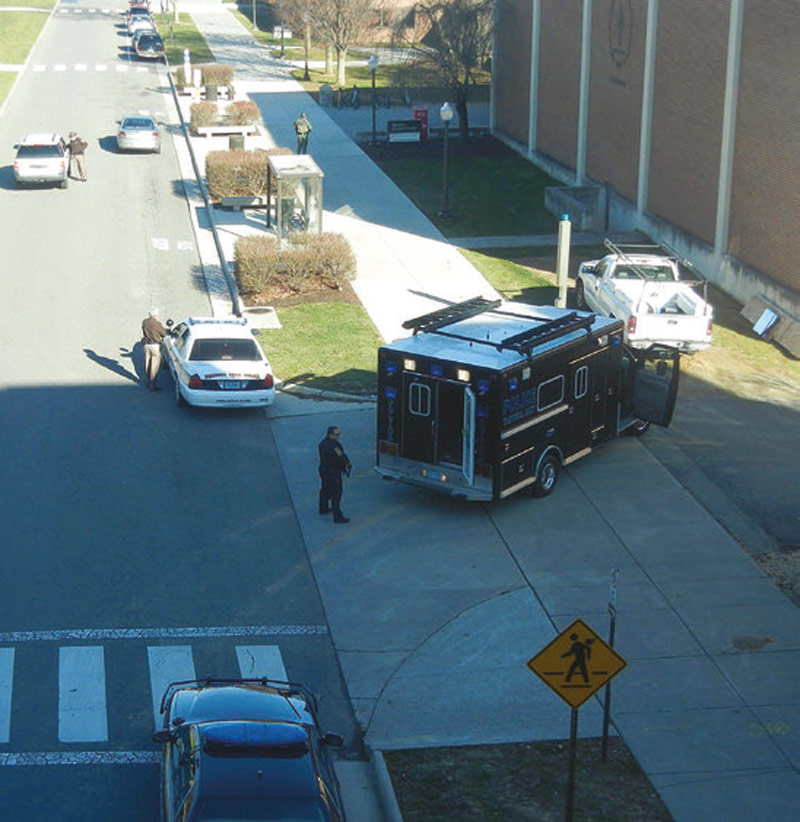
MASS-CASUALTY INCIDENTS IN THE UNITED STATES
7 January 1989: A sociopath shot a semiautomatic copy of an AK rifle at a school in Stockton, California, killing five and wounding 30 (mostly children) before his suicide. His motives included a mix of mental health issues and racism against those he felt were Asian immigrants. He also had an extensive criminal record, although his convictions all fell short of offenses that would legally prevent him from acquiring the rifle. The state of California reacted by increasing restrictions on firearms.
16 October 1991: A man intentionally crashed his pickup truck into a cafeteria in Killeen, Texas and then used two 9mm handguns to kill 23 and wound 20 patrons. He killed himself after being wounded and cornered by police. Motives may have been a mixture of depression and hatred of women, although substance abuse was also a potential factor. After the shooting, and in contrast to the previous example, the state of Texas changed the law to allow more people to carry firearms concealed for self-defense.
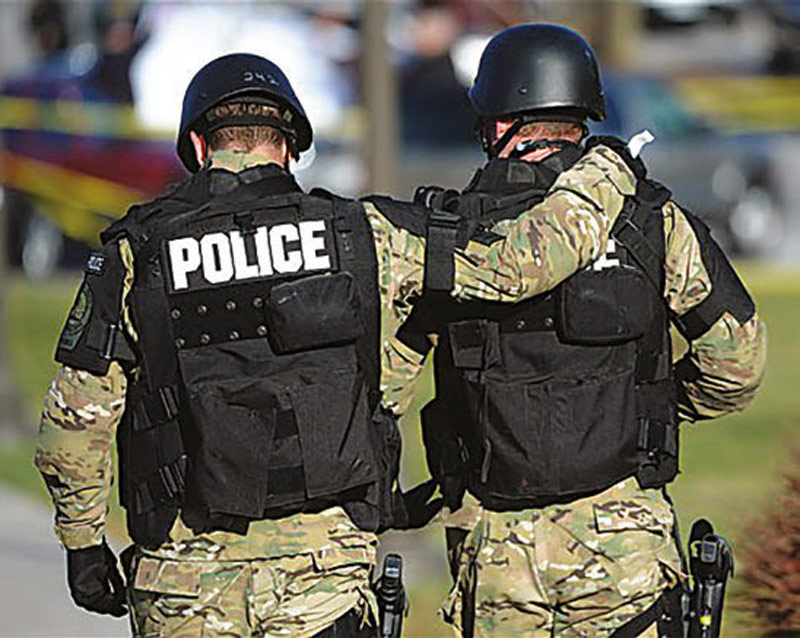
7 December 1993: A man used a 9mm handgun against passengers trapped on the Long Island, New York commuter train, killing six and wounding 19 before he ran out of ammunition and was subdued by passengers. His motive was racist, and political fallout included election of the widow of one of the victims to the legislature on a predominantly anti-gun political platform.
20 April 1999: Two teenage students at Columbine High School in Colorado used multiple firearms and homemade explosive devices to attack fellow students and teachers. They killed 13 and wounded 21 before committing suicide. Motives included a number of issues, from a response to bullying to a desire for notoriety, and were complicated by numerous other factors, including psychological issues, medications, and obsession with violent computer games.
16 April 2007: A spree killer locked the doors of an academic building on the Virginia Tech campus from the inside before using two handguns to attack students and teachers within. Prior to his suicide, he killed 32 and wounded 17. The motive appears to have been related to the shooter’s chronically poor mental state. Despite his substantial psychological history, the shooter was able to acquire his firearms legally because these issues were never made part of the record checked by authorities at the time of purchase.
8 January 2011: The shooting in Tucson, Arizona that took the lives of six and wounded 13 also involved a handgun acquired legally by a chronically mentally ill attacker whose status was never elevated to the level necessary to prohibit the purchase. In this shooting, would-be victims and an armed citizen subdued the shooter before he could shoot anyone else. Despite the popularity of many of the victims and the political nature of the outdoor event (for a Democratic U.S. Representative), a legislative backlash did not occur, and Arizona remains one of the most “firearm friendly” states.
20 July 2012: A gunman attacked patrons at a Batman movie in a theater in Aurora, Colorado, killing 12 and injuring 58. The shooter wore protective and tactical gear and used multiple firearms as well as gas devices during the attack. He was apprehended by police shortly afterward without further incident. As of this writing, the motive appears to be related to the attacker’s significant mental health issues.
11 December 2012: A gunman opened fire with multiple weapons, including a stolen rifle, at a food court in the Clackamas Town Center shopping mall near Portland, Oregon. The shooter killed two and wounded one before he was confronted by an armed citizen and retreated from view to commit suicide. Best indications are the attack related to sudden and drastic changes in the murderer’s mental state.
14 December 2012: Another severely mentally disturbed male murdered his mother and stole multiple firearms, which he used to kill an additional 26 people, mostly young children, at the Sandy Hook Elementary School in Newtown, Connecticut. He then killed himself. As in the Oregon shooting, the killer’s motive appears to be related to substantial mental illness and indications his mother—his first victim—was taking steps to have him institutionalized. But unlike in Oregon, none of the adults who rushed to help or shield the children with their bodies were armed.
CONCLUSIONS ABOUT ISRAELI AND U.S. GUN POLICIES
Among incidents in Israel listed here, a common motive is ethnic hate: Israelis vs. Arabs and vice versa. It is also clear that not having a licensed weapon did not stop any of the perpetrators from executing their plans. In a militarized country like Israel, where many people carry weapons issued by the army or by private security companies, it is very easy to get a weapon simply by stealing it.
Motives in the U.S. examples appear to be a mix of specific hatreds (ethnic, women) and mental illness related psychology. Perpetrators tend to use less powerful weapons than in Israel—mostly handguns. The U.S. situation is unique because of the diverse regulatory landscape and the political fallout after the shootings occurred, which has both increased and decreased restrictions.
Mental health screening may help prevent mass-casualty incidents motivated by mental health problems. On the other hand, criminals have no problem getting firearms, often better ones than they could have with a license, and the mentally disturbed aren’t any less resourceful.
Both nations have significant numbers of lawfully armed citizens who have and will continue to use firearms in circumstances that may stop or limit the actions of spree shooters.
Five years prior to the Virginia Tech shooting, a spree shooting at the Appalachian School of Law, also in Virginia, was cut short by two students with their own firearms.
On 12 February 2007, a spree shooting at a Utah shopping center was interrupted by an off-duty police officer with a handgun.
A would-be spree shooter entered a San Antonio, Texas movie theater on 17 December 2012. Sgt. Lisa Cuello Castellano shot the gunman multiple times before he could harm anyone in the theater.
These examples, while less publicized by media outlets, may provide more useful data in understanding the role lawful firearms play in ending or preventing such tragedies.
